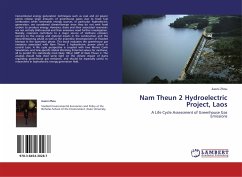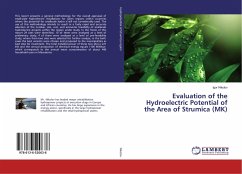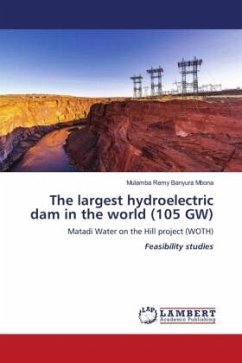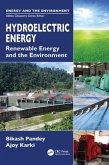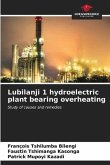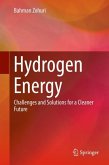Conventional energy generation techniques such as coal and oil power plants release large amounts of greenhouse gases due to fossil fuel combustion while renewable energy sources, in particular, hydroelectric generation, are considered climate-benign since they do not emit fossil carbon to produce energy. However, dams and their associated reservoirs are not entirely GHG-neutral and their emissions need further investigation. Namely, reservoirs contribute to a major source of methane emission owning to the energy and material inputs in the construction and the decommissioning phase as well as the anaerobic decomposition of flooded biomass in the operation phase. This book evaluates the greenhouse gas emissions associated with Nam Theun 2 hydroelectric power plant in central Laos. A life cycle perspective is coupled with two Monte Carlo Simulations and time-specific Global Warming Potential values for methane, all to predict the statistically most likely 100-yr GWP of Nam Theun 2.The analysis should help shed some light on the climate impact of dams regarding greenhouse gas emissions, and should be especially useful to researchers in hydroelectric energy generation field.
Bitte wählen Sie Ihr Anliegen aus.
Rechnungen
Retourenschein anfordern
Bestellstatus
Storno

